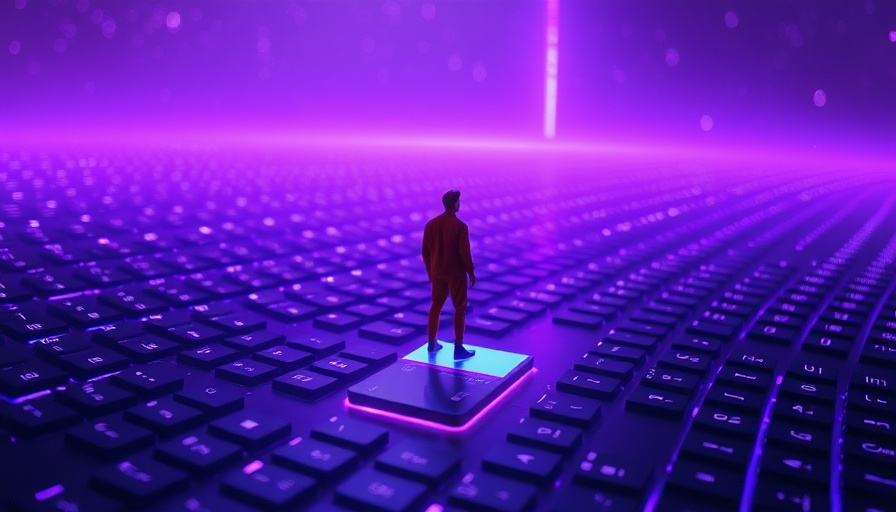
The Infinite Workday: A Growing Concern
As the lines between work and personal life blur in our increasingly remote and hybrid workplaces, many professionals find themselves trapped in an 'infinite workday.' Microsoft recently tackled this issue in their report, "Breaking down the infinite workday," which follows their comprehensive "2025 Work Trend Index Annual Report." This exploration highlights a growing concern in productivity and mental health amidst the overwhelming demands of constant connectivity.
Understanding the Numbers: Communication Overload
According to Microsoft's findings, the average worker processes about 154 messages via Microsoft Teams daily and also handles around 117 emails. This communication overload presents a significant challenge for employees striving to stay productive. The report reveals that many workers begin their tasks as early as 6 a.m., diving into emails, and by 8 a.m., discussions pivot to real-time conversations on collaborative platforms like Teams. While these tools are designed to enhance productivity, they often perpetuate a cycle of distraction that can hinder concentration.
Meetings: The Double-Edged Sword
Perhaps more problematic is the prevalence of meetings. Microsoft notes that a staggering 57% of meetings are scheduled spontaneously, disrupting intentional work periods scheduled for high-focus tasks. The report suggests that the peak productivity times for many employees coincide with these meeting windows (9-11 a.m. and 1-3 p.m.), leading to a paradox where employees are scheduled for discussions instead of focusing on their work. Optimize meeting schedules by assessing their necessity and delegating them whenever possible to ensure employees have time to engage in deep work.
The Role of AI in Transforming Work Culture
So how can AI rescue us from these overwhelming workloads? The answer lies in integrating intelligent tools designed to minimize repetitive tasks, automate communication, and foster more efficient collaboration. AI can help prioritize emails, filter essential communications from the noise, and even streamline meeting schedules. Companies that embrace AI technology can expect improved employee satisfaction and productivity as workers reclaim precious hours of their day.
Implementing Change: Strategies for Business Leaders
For CEOs and marketing managers, the onus is on leadership to cultivate an environment that values productivity without extending work hours. Some actionable strategies include:
- **Evaluate Communication Patterns:** Utilize data analytics to assess communication flow within teams. Identify if the volume is overwhelming or if team members feel pressured to respond instantly.
- **Schedule Breaks to Recharge:** Encourage regular breaks and promote a culture of 'do not disturb' during critical work periods to help employees gather focus.
- **Leverage AI Solutions:** Implement AI tools that can filter communications, manage schedules, or automate repetitive tasks, allowing workers to dedicate their time to more significant assignments.
Conclusion: Embracing Change
As business professionals navigate this new landscape of continuous connectivity, prioritizing mental health and productivity is essential. Embracing AI technology and rethinking work culture can pave the way for more fulfilling work experiences. If we thoughtfully adapt our approaches, we can transform our work from a relentless grind into a balanced and productive endeavor.
Are you ready to reclaim your time from the clutches of constant connectivity? Explore how AI can revolutionize your workday and optimize productivity in your team.
 Add Row
Add Row  Add
Add 




 Add Row
Add Row  Add
Add 

Write A Comment